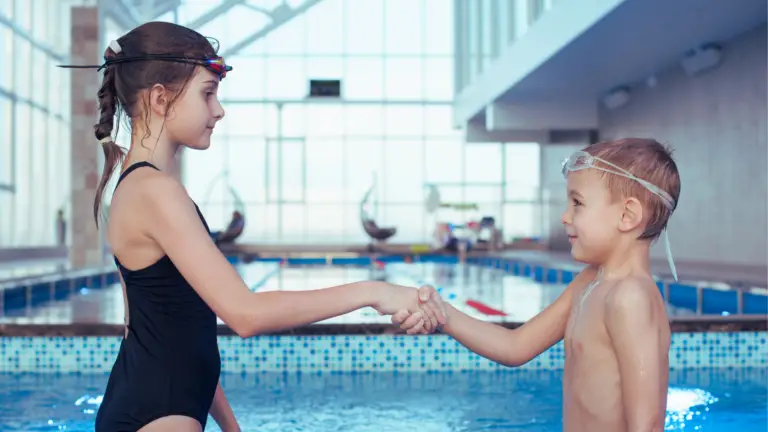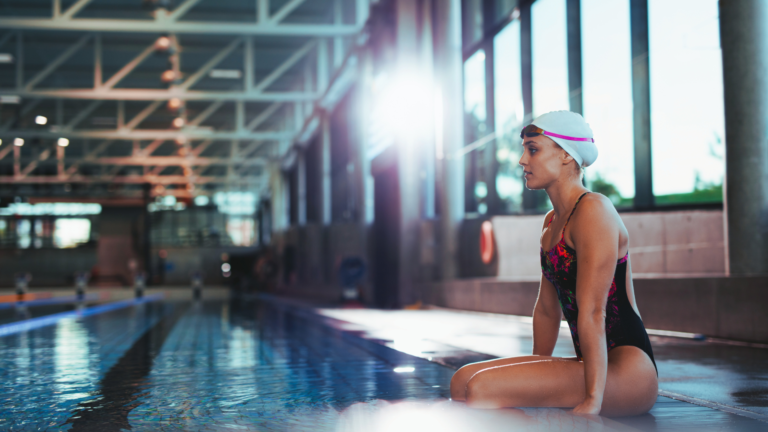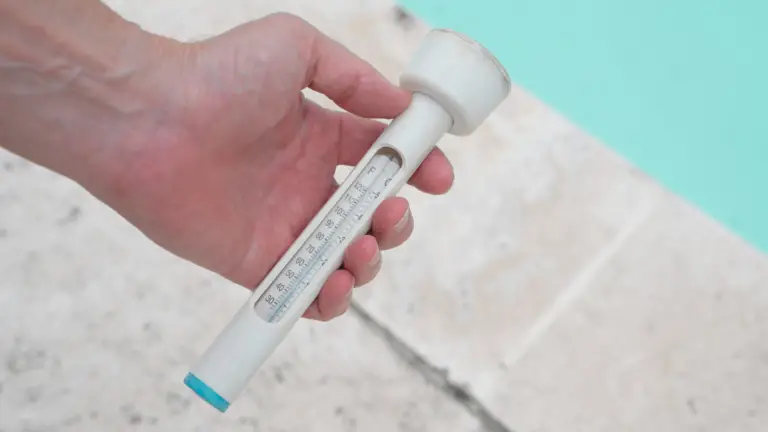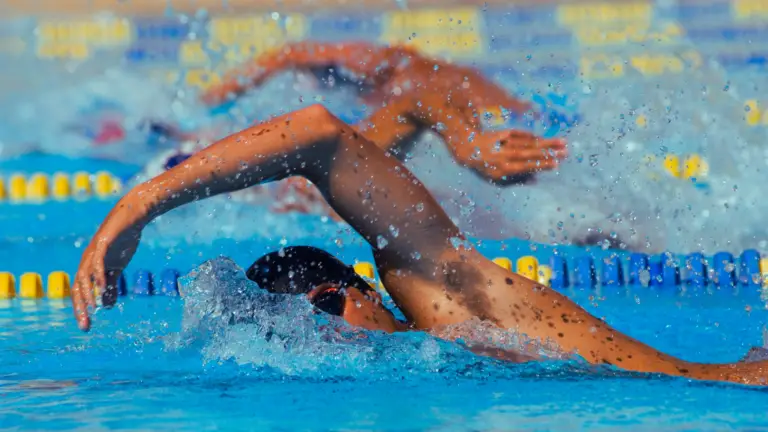Swimming is a full-body workout that engages a multitude of muscles. As a swimmer, understanding the muscles used during each stroke can help you improve your technique and performance. In this article, we’ll dive into the major muscles used in swimming and how they contribute to different swimming styles.
Muscles Used in Swimming
Deltoids and Rotator Cuff Muscles
The deltoids and rotator cuff muscles play a significant role in swimming, especially in freestyle and backstroke. These muscles are responsible for reaching far and entering the water correctly, which is crucial for efficient propulsion through the water.
Role in reaching far and entering the water correctly: When you extend your arm forward in a freestyle stroke, your deltoids and rotator cuff muscles work together to achieve a long reach. This reach is essential for a powerful entry into the water, setting the stage for a strong pull phase of the stroke.
Importance of shoulder stability and range of motion: The rotator cuff muscles stabilize the shoulder joint, allowing for a wide range of movement. This stability is vital in swimming to prevent injuries and maintain a consistent stroke rhythm.
Forearm Muscles
The forearm muscles, including the flexor digitorum profundus and flexor digitorum brevis, are key players in propelling the body forward during swimming. They are especially engaged during the pull phase of every swimming stroke.
Their involvement in propelling the body forward: When your hand enters the water and begins to “paddle,” your forearm muscles engage in pulling your body forward. This propulsive force is a major component of speed in swimming.
Techniques for maximizing forearm muscle engagement: To maximize the use of your forearm muscles, focus on maintaining a high elbow position during the pull phase of the stroke. This technique, often called the “high elbow catch,” can significantly increase propulsion and speed.
Upper Back Muscles
The upper back muscles, including the latissimus dorsi and trapezius, are essential for stabilizing the shoulders during swimming strokes and enhancing posture.
Stabilizing the shoulders during swimming strokes: The latissimus dorsi muscle, or “lats,” work with the deltoids to stabilize the shoulder during each stroke. This stability helps to maintain an efficient stroke and reduces the risk of shoulder injuries.
Enhancing posture and reducing the risk of injuries: The trapezius muscles help maintain a streamlined position in the water, reducing drag and enhancing speed. A strong upper back also reduces the risk of injury, as it supports the shoulders and neck.
Glutes and Hamstring Muscles
The glutes and hamstring muscles are essential for maintaining balance and propulsion in the water, especially during the kick phase of the stroke.
Maintaining balance and propulsion in the water: The gluteus maximus and hamstring muscles generate power during the kick phase of every stroke, helping to propel the body forward. They also help maintain balance in the water, which is crucial for efficient swimming.
Exercises for strengthening these muscle groups: Incorporating exercises like squats, lunges, and deadlifts into your swimming training can help build muscle in the glutes and hamstrings. These exercises can enhance your kick strength and overall swimming performance.
Understanding the muscles used in swimming can help swimmers of all levels improve their technique and performance. By focusing on these major muscle groups, you can enhance your strength, speed, and endurance in the water. So, the next time you dive into the pool, remember the crucial role your muscles play in every stroke. Happy swimming!
Muscle Groups by Swimming Stroke
Freestyle (Front Crawl)
Freestyle, also known as the front crawl, is a stroke that engages multiple muscle groups. The major muscles used include the deltoids, latissimus dorsi, and quadriceps.
Muscles utilized: The deltoids and latissimus dorsi in the upper body and the quadriceps in the lower body are the primary muscles used in freestyle swimming. The deltoids allow for a wide range of motion in the shoulder, while the latissimus dorsi provides power during the pull phase. The quadriceps, or “quads,” contribute to a strong flutter kick.
How each muscle contributes to efficient freestyle swimming: The deltoids and latissimus dorsi work together to pull the body forward in the water. The quadriceps help maintain a steady and powerful kick, contributing to overall speed and propulsion.
Backstroke
Backstroke primarily engages the pectorals, latissimus dorsi, and glutes. These muscles help the swimmer maintain a streamlined position and generate propulsion.
Impact of the pectorals, latissimus dorsi, and glutes on backstroke performance: The pectorals and latissimus dorsi work together to move the arms in a windmill motion, propelling the body through the water. The glutes contribute to the up-and-down flutter kick, providing additional propulsion.
Techniques to engage these muscle groups effectively: To engage these muscles effectively, focus on maintaining a steady kick and a strong pull with each arm stroke. Regular strength training exercises targeting these muscle groups can also enhance backstroke performance.
Breaststroke
Breaststroke engages a different set of muscles, including the pectorals, quadriceps, and glutes. This stroke also requires significant core engagement and coordination.
The role of pectorals, quadriceps, and glutes in executing powerful breaststroke kicks: The pectorals are used to pull the arms in towards the body, while the quadriceps and glutes power the unique “frog kick” of the breaststroke.
Importance of core engagement and coordination: A strong core helps maintain a streamlined position in the water and coordinates the simultaneous movements of the arms and legs. Core muscles are also crucial for the explosive propulsion that characterizes the breaststroke.
Butterfly
The butterfly stroke is one of the most physically demanding swimming styles. It heavily involves the deltoids, trapezius, and chest muscles.
Muscular demands of butterfly stroke: The deltoids and trapezius muscles in the shoulders and upper back provide the power for the sweeping arm movements. The chest muscles, including the pectoralis major and minor, assist in pulling the arms through the water.
Tips for developing strength and endurance in these muscle groups: Regular strength training, focusing on the upper body, can help build the necessary muscle endurance for the butterfly stroke. Exercises like pull-ups, push-ups, and chest flies can be particularly beneficial.
Understanding the specific muscle groups used in each swimming stroke can help you tailor your training and improve your performance. Remember, every stroke is a full-body workout, so don’t neglect any muscle group in your training.
FAQs
Conclusion
Swimming is a fantastic form of exercise that works many of the same muscles throughout the body. Key muscles, such as the deltoids, latissimus dorsi, quadriceps, and glutes, play a significant role in swimming performance. Each stroke utilizes a unique combination of muscle groups, contributing to the comprehensive full-body workout that swimming provides.
Understanding the muscles used in swimming can help you target your training and improve your technique. By focusing on strengthening these major muscles, you can enhance your swimming abilities and overall performance. Remember, every stroke counts and every muscle plays a part. So, keep swimming, keep strengthening, and most importantly, keep enjoying the water!






